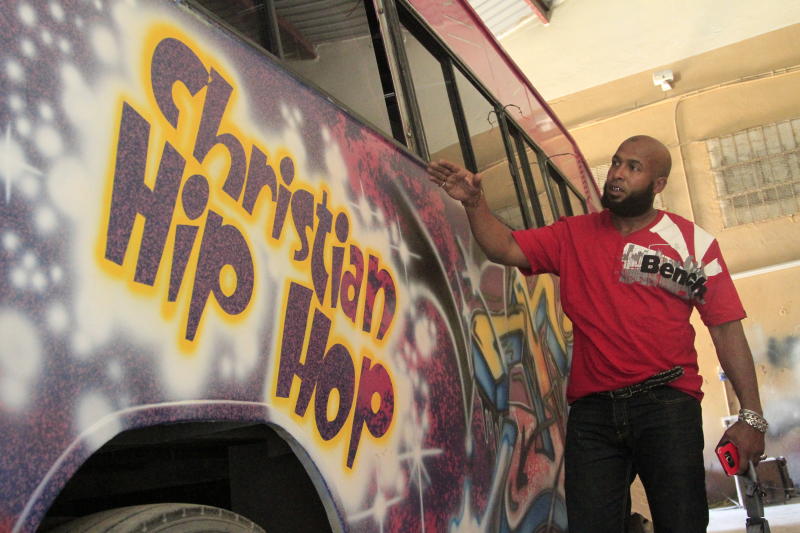×
The Standard e-Paper
Stay Informed, Even Offline

“Transportation turned performance art: Nairobi’s matatu crews,” The New York Times titled its in-depth article on Nairobi’s vibrant and over-the-top matatu culture.
Over the years, long before the reporting by the New York Times, early this year, multiple Kenyan and international media, from The Standard to BBC and CNN, had highlighted Kenya’s unique matatu culture, one that has drawn enviable recognition and admiration from around the world.